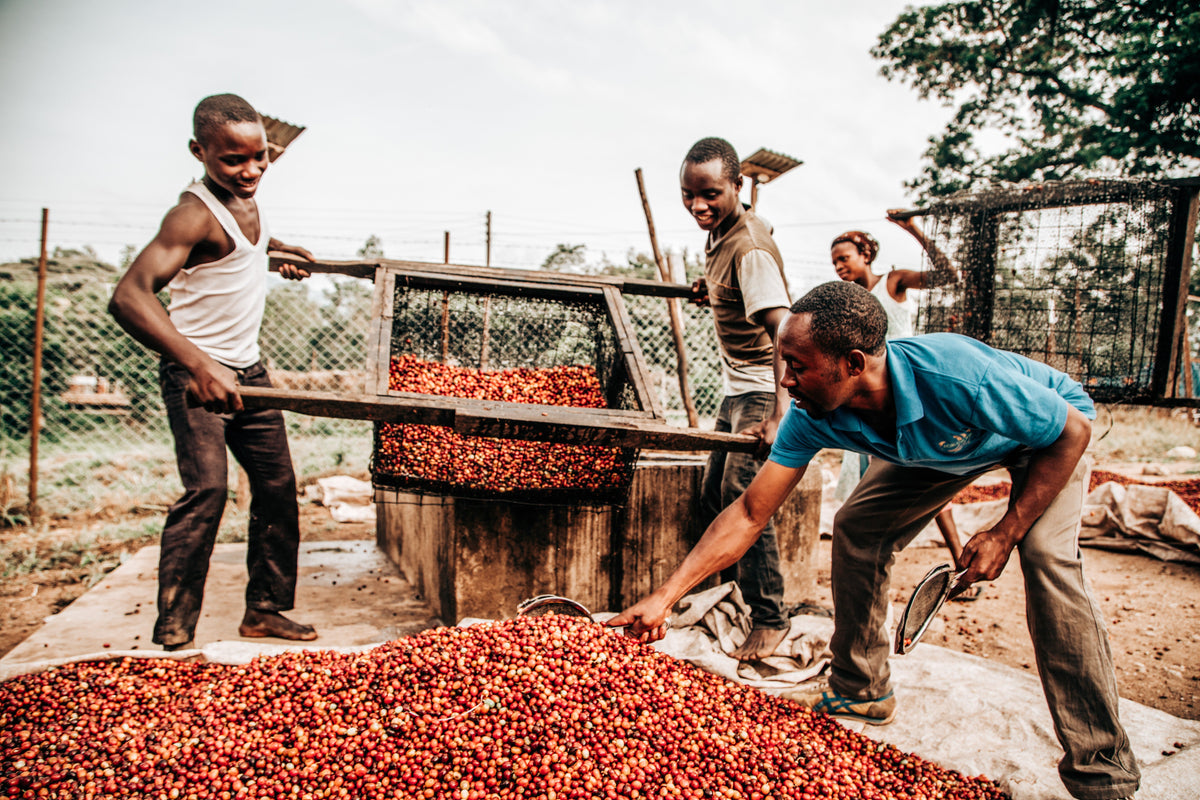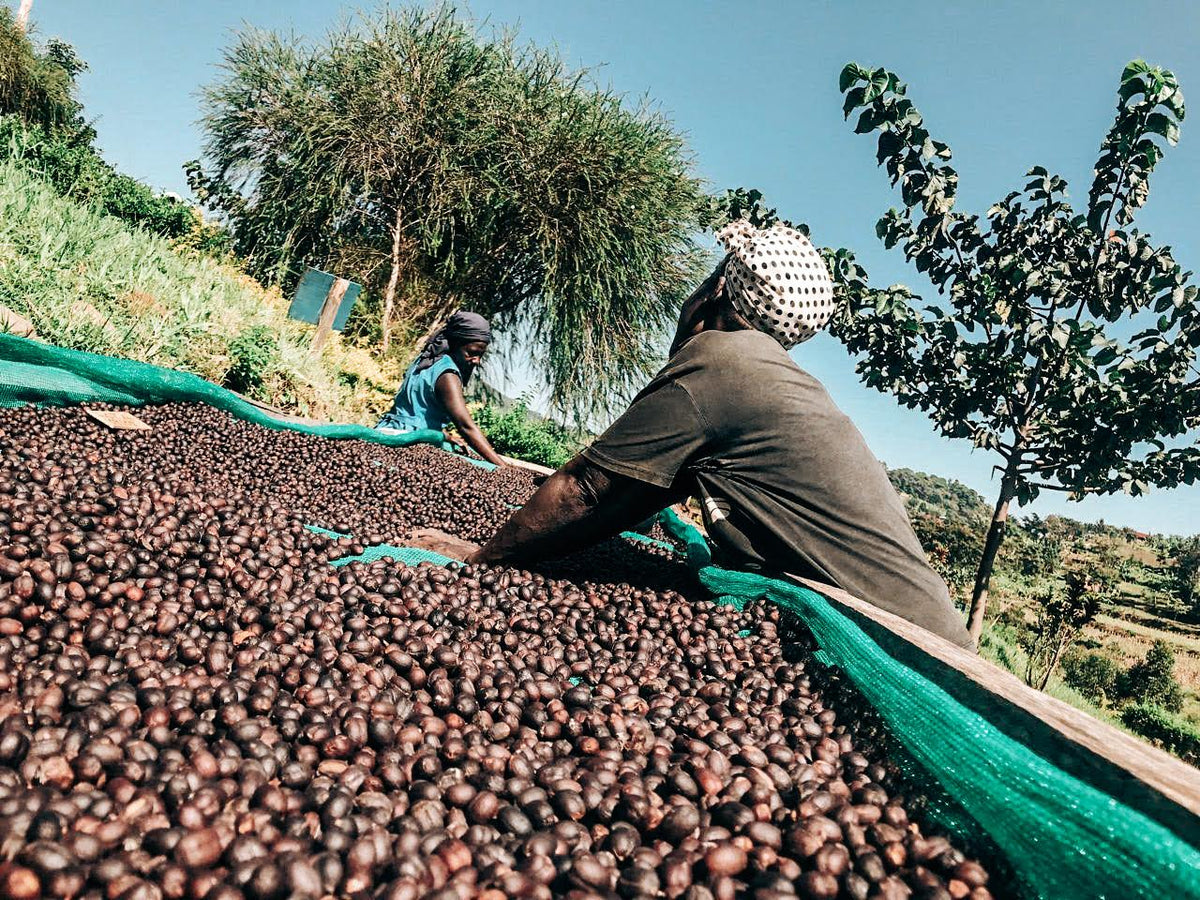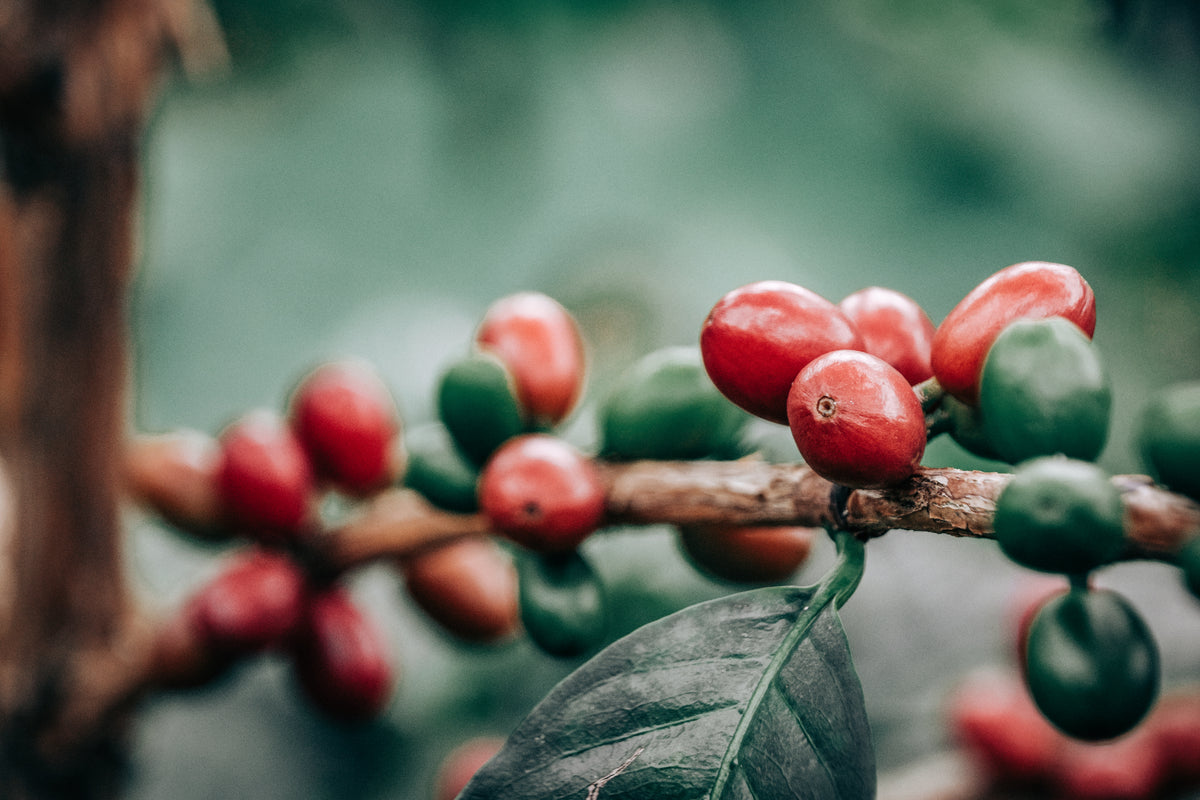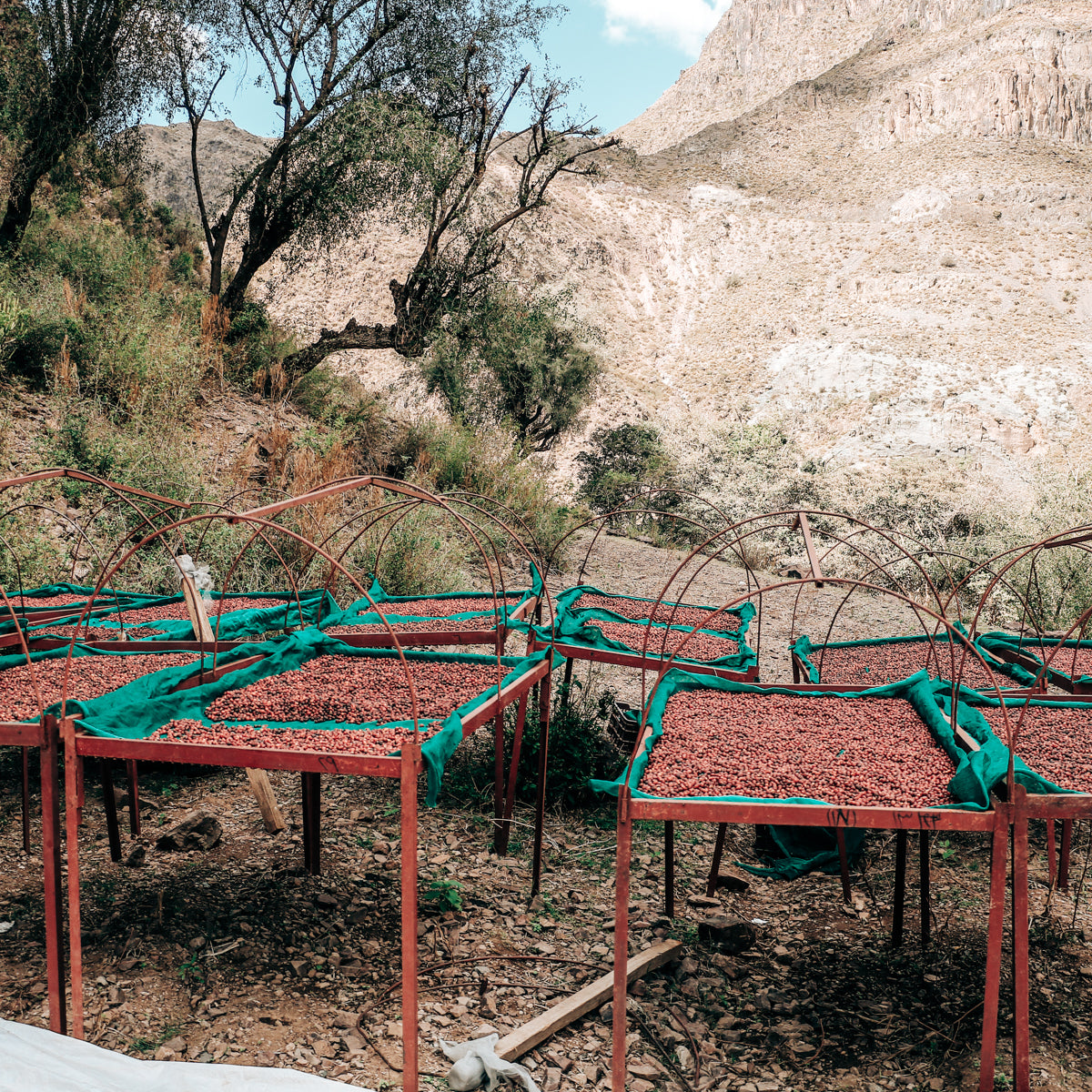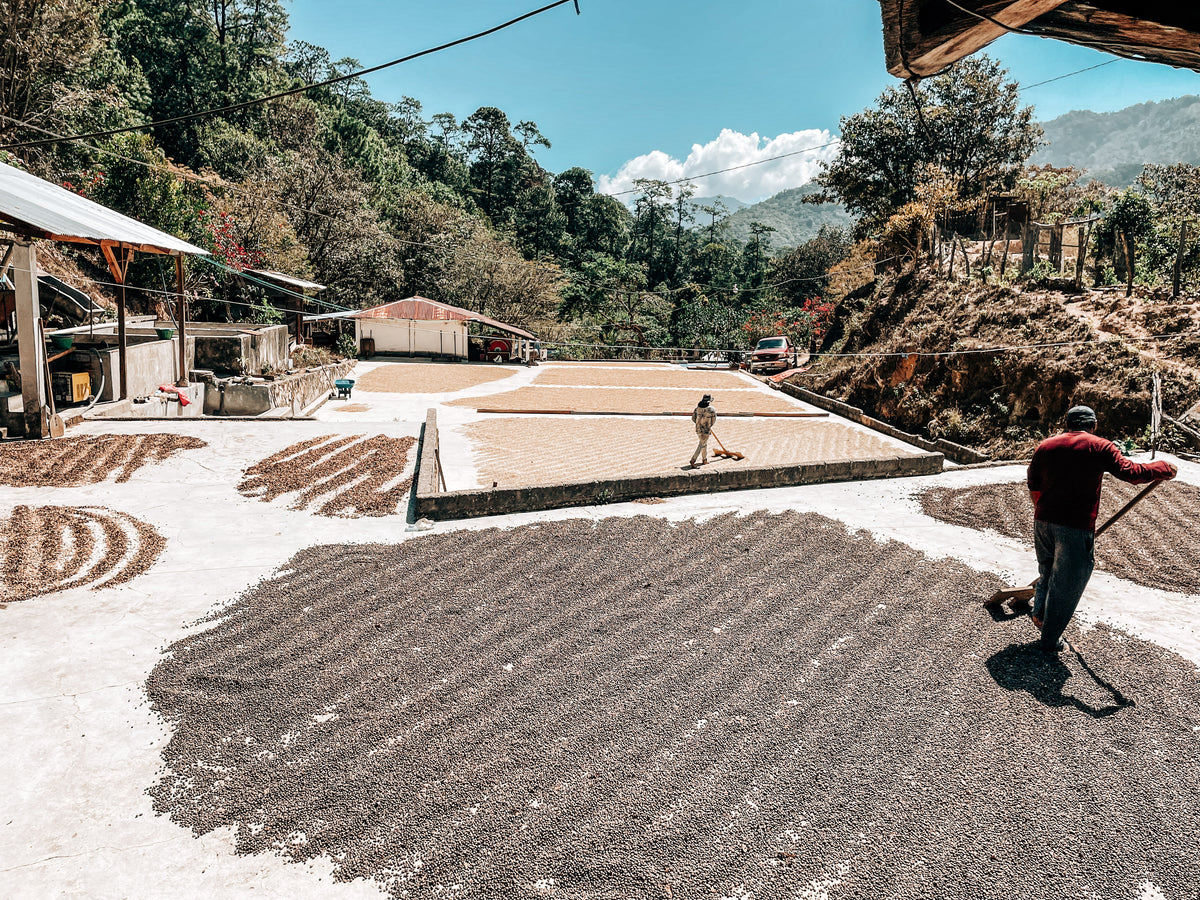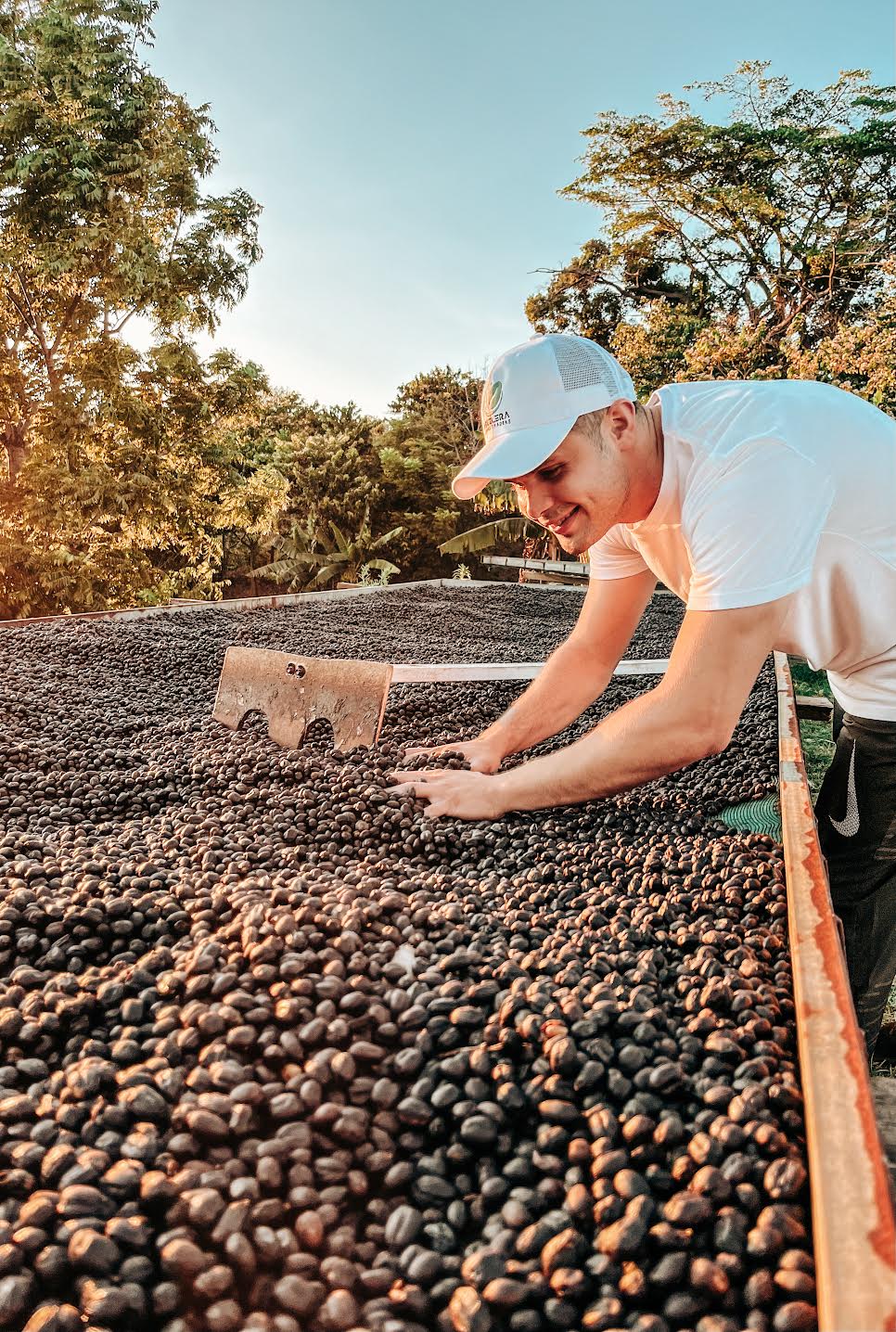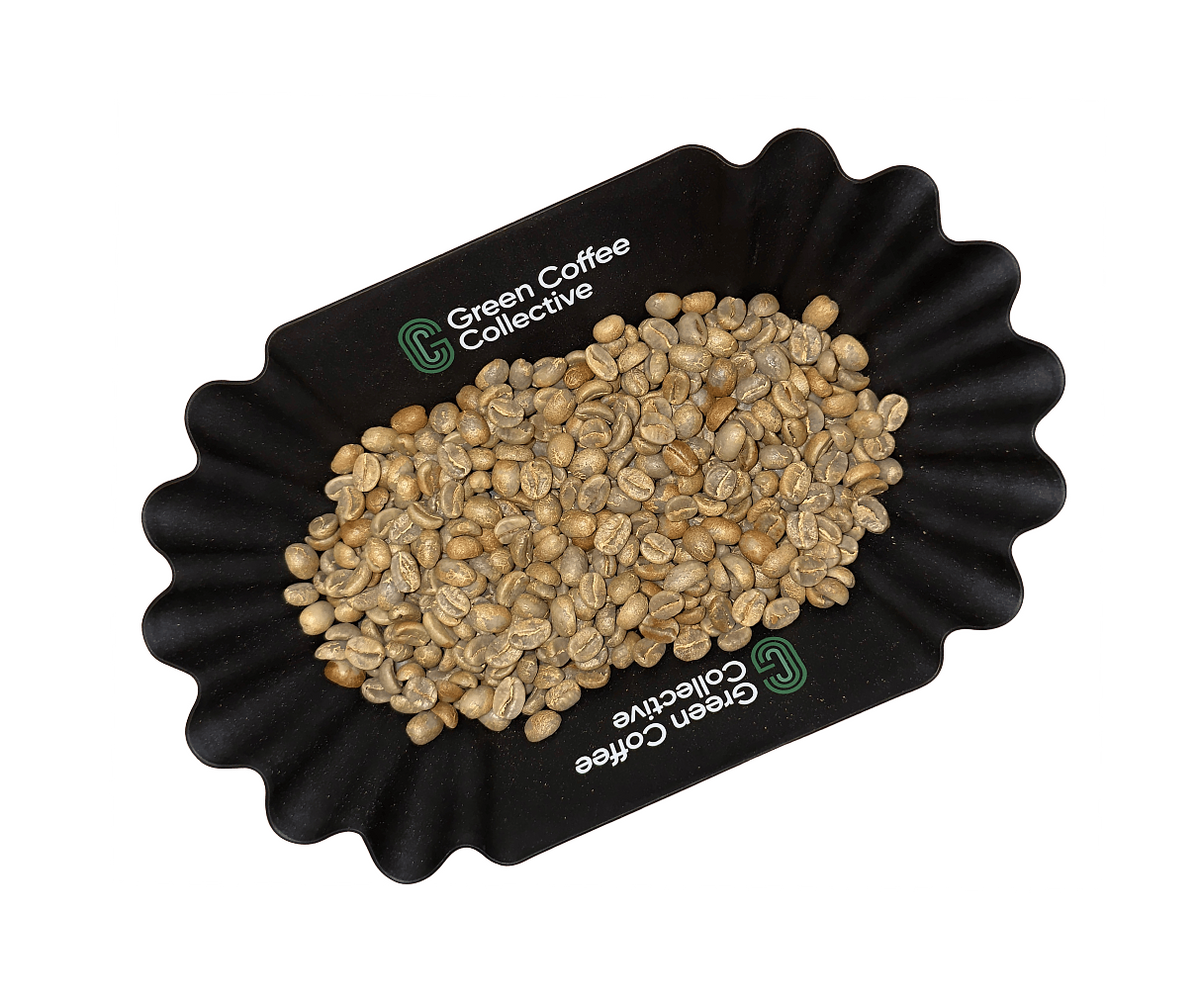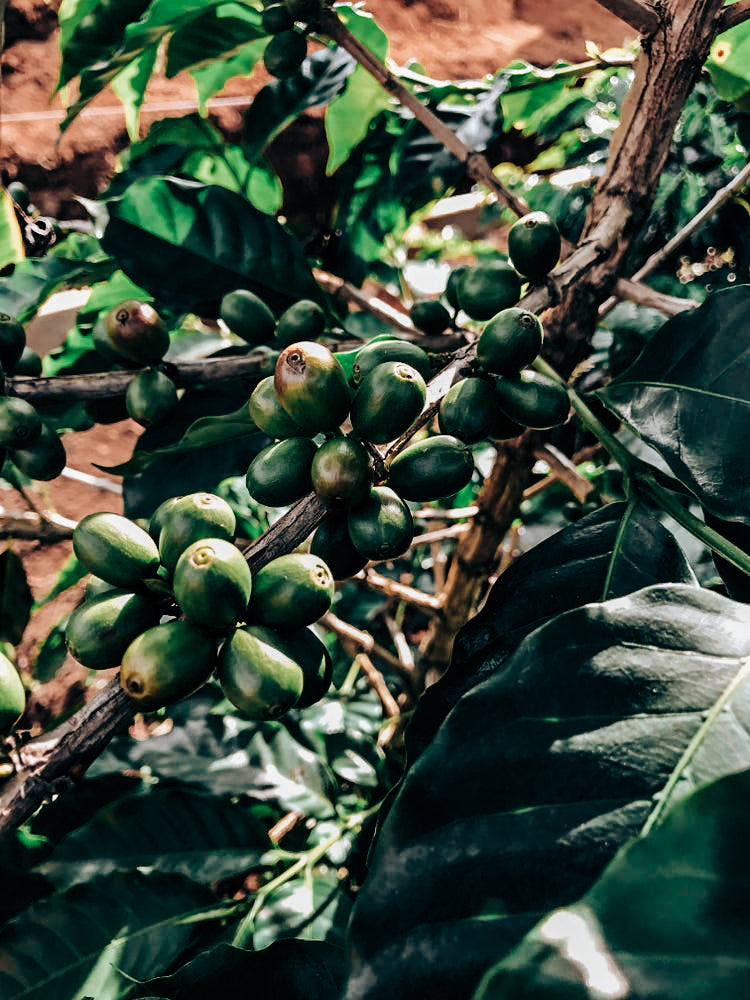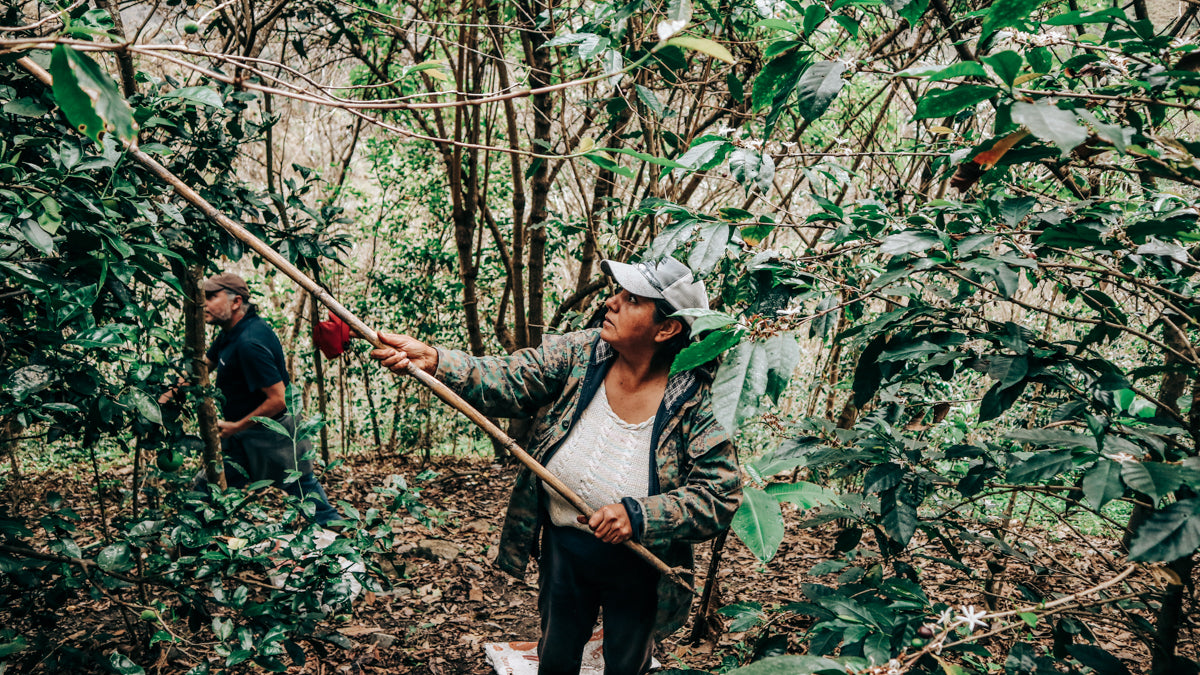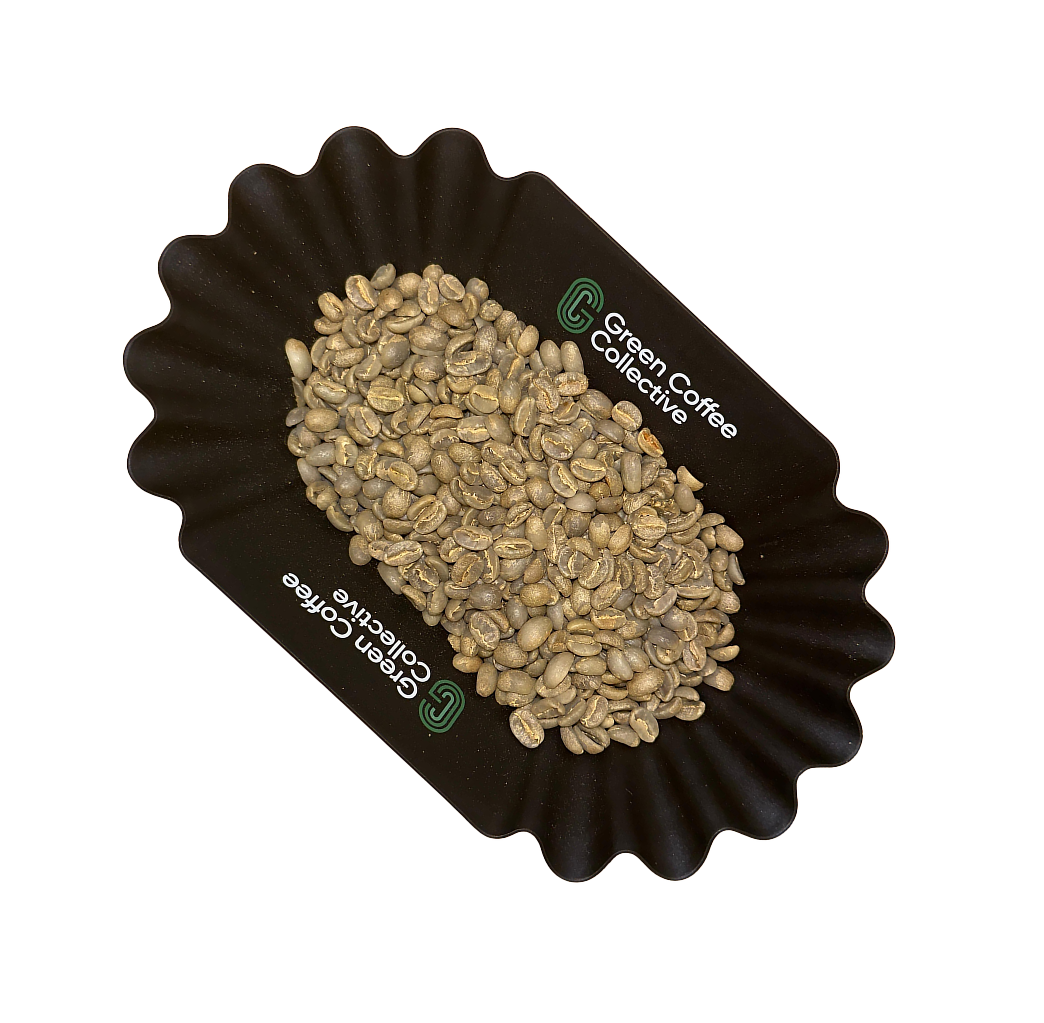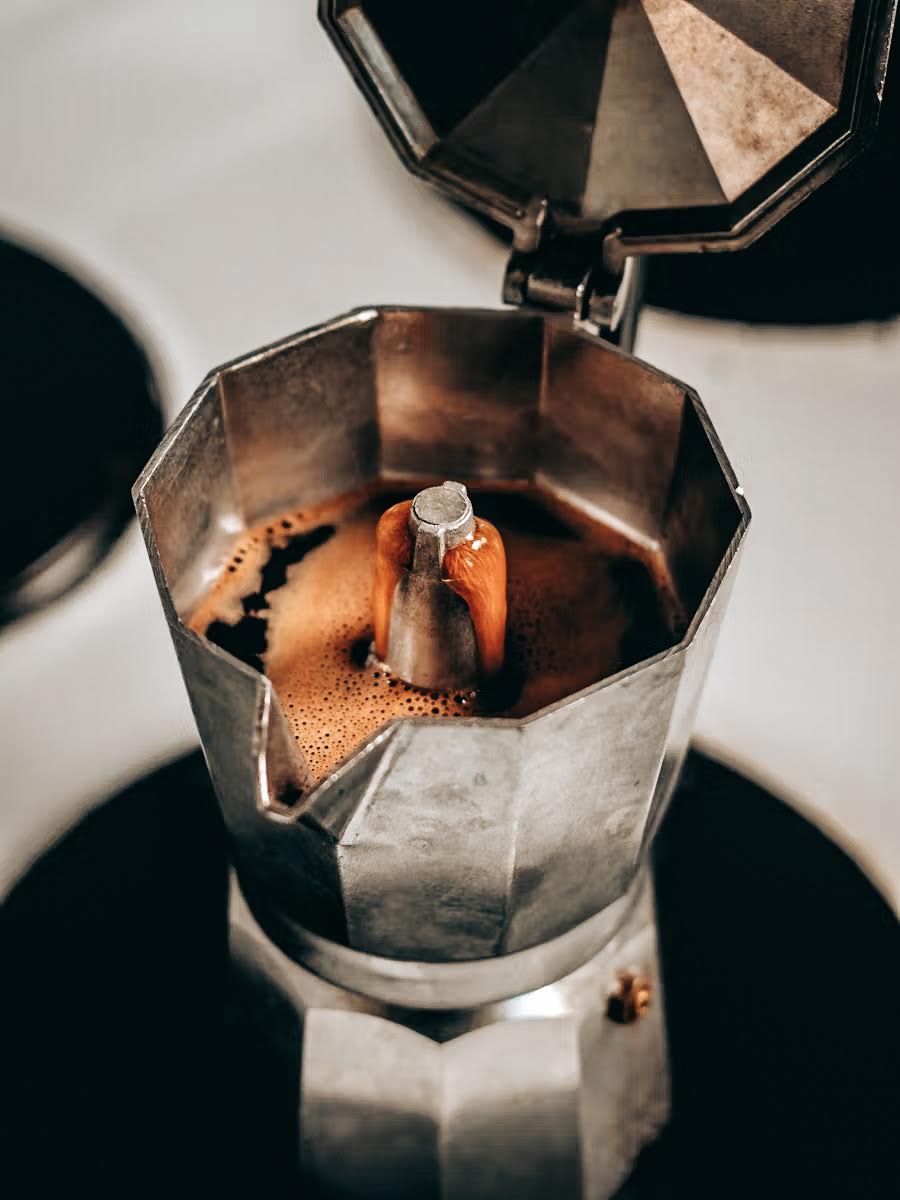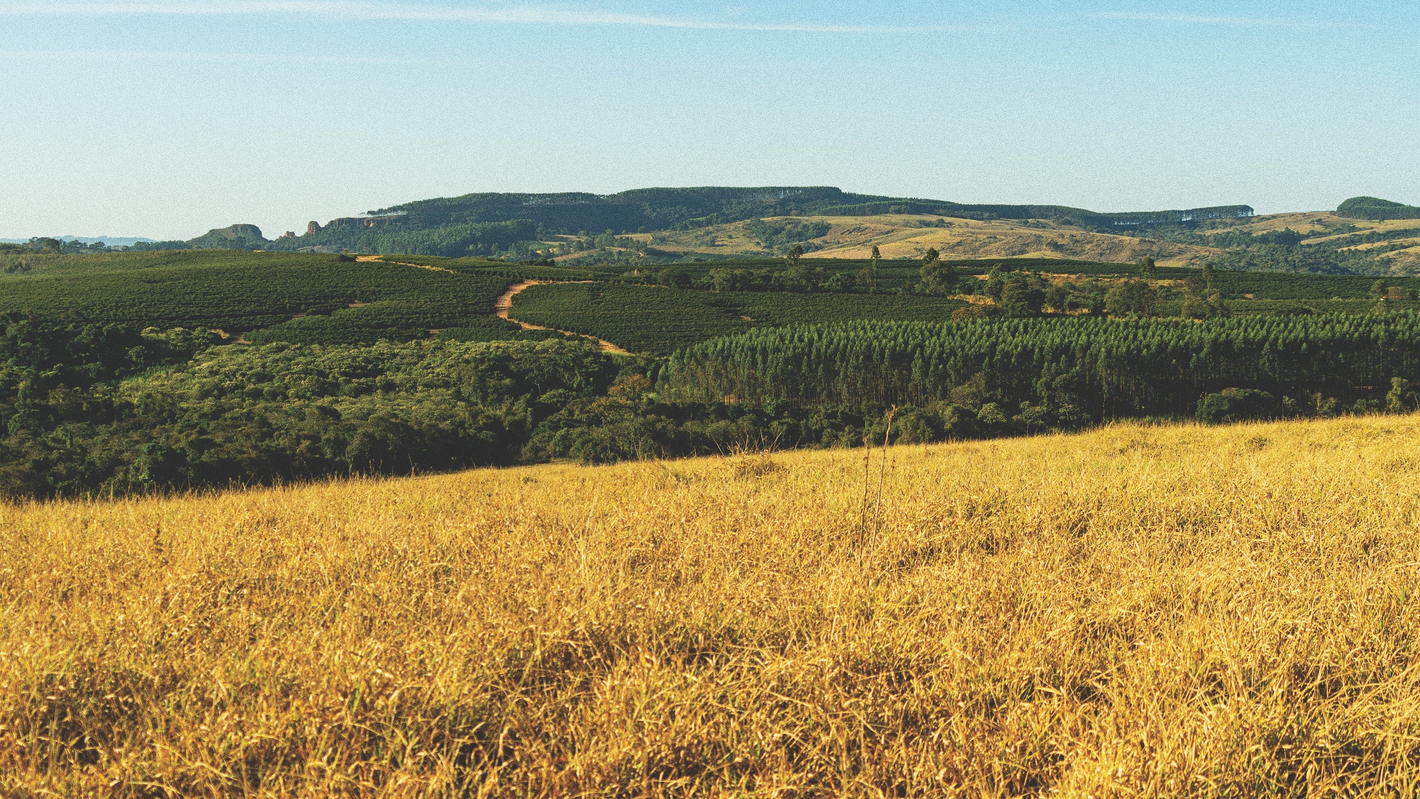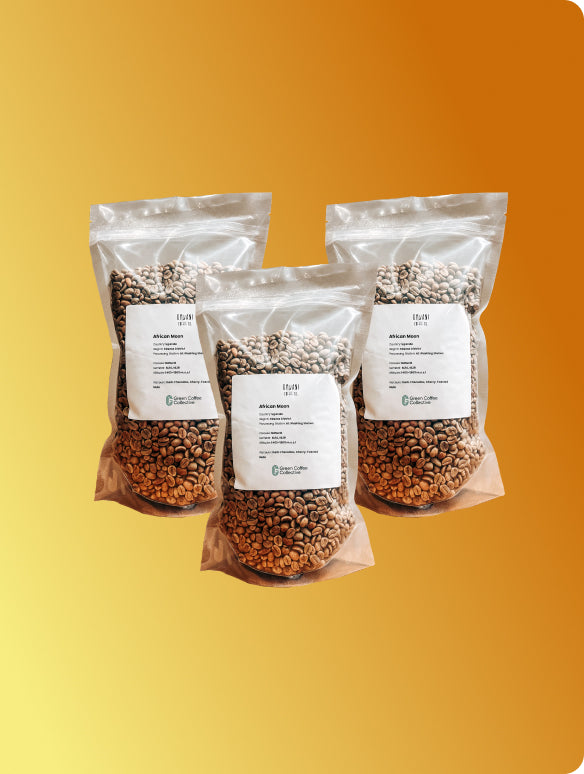
Green Coffee for Milk-Based Espresso Drinks
Some coffees just work better with milk. This selection of green coffees has been chosen for how well they hold up - and even improve - when paired with steamed milk. From chocolatey Brazils to washed Colombians and sweet, full-bodied naturals, these lots deliver structure, balance, and flavour that complements milk’s richness. Whether you're after something classic or slightly offbeat, these coffees are designed to shine in milk-based espresso drinks.
-
African Moon
Cupping Score83.75Processing methodVarietalSL 14 , SL 28Main flavour notesDark Chocolate | Brown Sugar | Pecan | Cashew | PlumIn Stock+65kg left -
Bukonzo Dream
Cupping Score86.25Processing methodVarietalSL 14 , SL 28Main flavour notesStrawberry | Caramel | Milk Chocolate | Tropical FruitOut of Stock -
Kwezi Natural - Drugar Premium
Cupping Score85.0Processing methodVarietalSL 14Main flavour notesFruity | Nutty | Honey | ChocolateIn Stock+25kg left -
Mexican Decaf Mountain Water Process
Cupping Score83.5Processing methodVarietalTypica , BourbonMain flavour notesMilk Chocolate | Bright Citrus | Sweet | Clean FinishOut of Stock -
Al Hayma & Anis Decaf
Cupping Score81.5Processing methodVarietalMultipleMain flavour notesGrape | Raspberry | LemonIn Stock+140kg left -
Pinhal Blend
Cupping Score82.5Processing methodVarietalMultipleMain flavour notesDark Chocolate | Cherry | Macadamia | MolassesIn Stock+150kg leftSale -
Rancho Morelia
Cupping Score85.0Processing methodVarietalBourbon , Typica , CatimorMain flavour notesChocolate | Vanilla | CinnamonOut of Stock -
Hermanos Aguilera Yellow Honey San Roque
Cupping Score86.75Processing methodVarietalSan RoqueMain flavour notesJasmine | Brown Sugar | Dark ChocolateOut of Stock -
Nova Blend
Cupping Score83.75Processing methodVarietalMultipleMain flavour notesToblerone | Brown Sugar | Tangerine | CherriesOut of Stock -
Washed Honduras SHG EP
Cupping Score82.75Processing methodVarietalMultipleMain flavour notesChocolate | Nougat | Brown Sugar | NutLow Stock -
Johan Vergara | Java
Cupping Score85.0Processing methodVarietalJavaMain flavour notesChocolate | Roasted Almonds | Red BerriesIn Stock+30kg leftSale -
Vietnam Robusta Wet Polished Scr. 18 RFA
Cupping Score81.0Processing methodVarietalCanephoraLow Stock -
Gladys Erazo - Red Bourbon
Cupping Score87.0Processing methodVarietalRed BourbonMain flavour notesDulce de leche | Floral | PistachioIn Stock+30kg leftSale -
MK03 Fulvio Salinas Field Blend Washed
Cupping Score86.0Processing methodVarietalTypica , San SalvadorMain flavour notesPanela | Milk Chocolate | Spiced | Slight FloralOut of Stock -
Crystal Valley
Cupping Score84.5Processing methodVarietalCatuaiMain flavour notesSweet | Citrus | Brown SpiceIn Stock+25kg left

Your guide to Green Coffee for Milk-Based Espresso Drinks
-
What makes a coffee work well with milk?
-
Should I roast differently for milk drinks?
-
Can I still use more unusual coffees in milk-based drinks?
-
Perfect Green Coffee Beans for Milk-Based Espresso
-
Why Choose Specific Green Beans for Milk-Based Espresso?
-
What to Look for in Green Coffee Beans for Milk-Based Espresso?
-
Key Characteristics of Ideal Beans for Milk-Based Espresso
-
Conclusion




